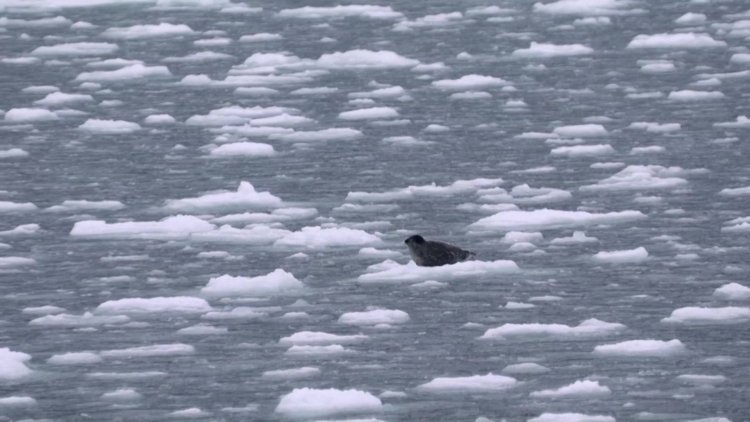Arctic sea ice hits record-low maximum

The National Snow and Ice Data Center (NSIDC) released a new report indicating that Arctic sea ice extent has likely reached its maximum, its lowest in the 47-year satellite recorded history.
This year’s maximum extent is 1.31 million square kilometers below the 1981 to 2010 average maximum of 15.64 million square kilometers, according to NSIDC.
"I think the really important thing to me is that we're not returning to conditions we saw, you know, a few decades ago. We're continuing on this path towards less overall sea ice." said Julienne Stroeve, a senior scientist at the organization, which is part of the Cooperative Institute for Research in Environmental Sciences (CIRES) at the University of Boulder.
Stroeve said that melting sea ice has overall effects across the world, creating conditions that are more likely for heat waves, drought, and flooding.
"If one part of the climate system and one part of the Earth is changing faster than anywhere else, the rest of the system has to respond," said Stroeve.
She's concerned that U.S. climate policies under the Trump administration will only hinder the global fight against climate change.
"I don't feel a lot of hope. Part of it is the new administration, of course, is going to roll back a lot of our environmental protections and greenhouse gas emissions, so that's, of course, concerning as the U.S. is a key player. it could make arguments then for other countries saying, 'well, look, the U.S. isn't doing anything, why should we?'.
Stroeve says that summer weather will be an important factor in whether the data collected the rest of this year on the minimum sea ice extent will show that the world has experienced an 'extreme event'.















